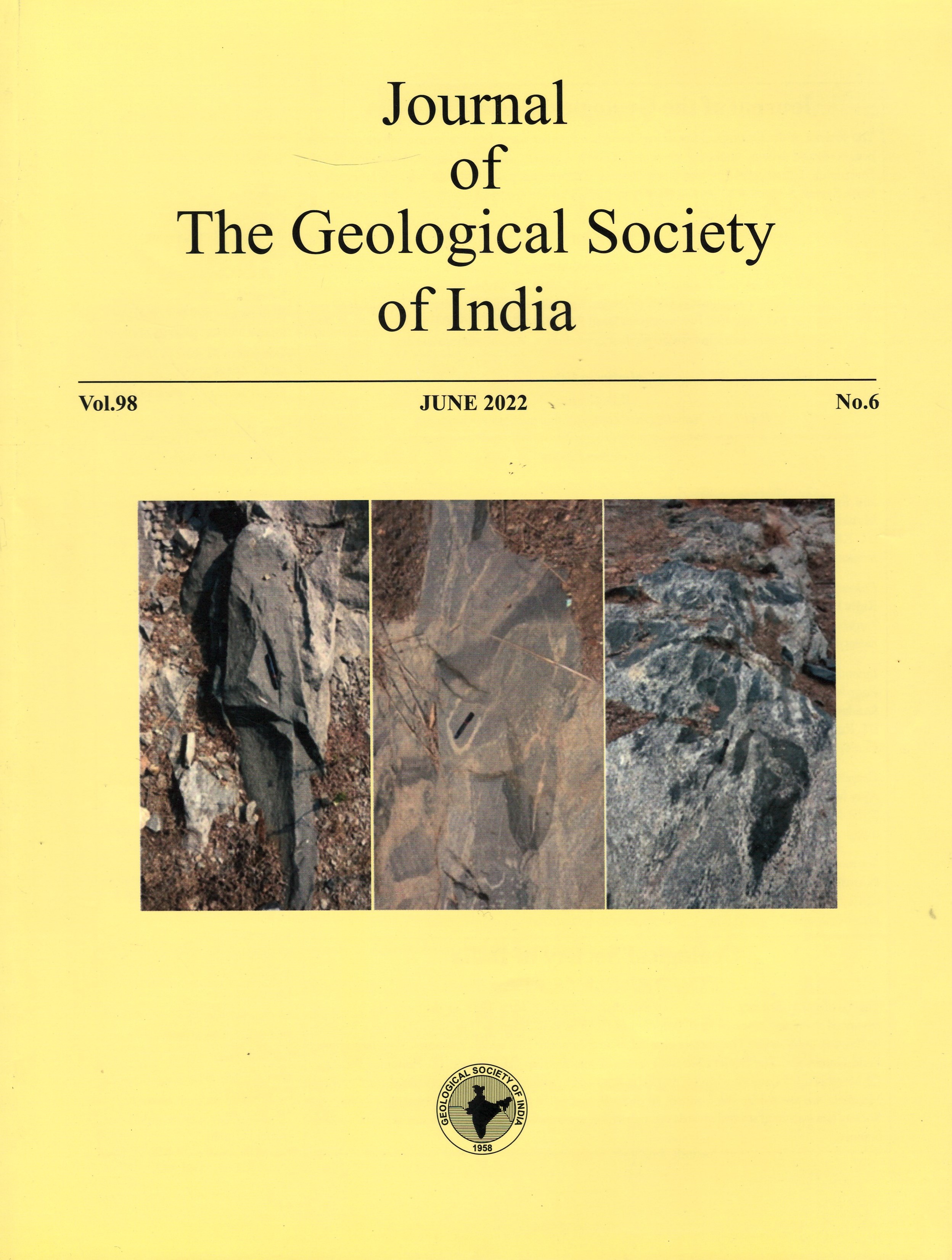Assessment of Seismic Vulnerability using the Ambient Noise Recordings in Cachar Fold Belt, Assam
DOI:
https://doi.org/10.1007/s12594-022-2070-6Keywords:
No KeywordsAbstract
Northeast India is a seismically active region, with frequent major earthquakes. The impact of seismicity can be assessed by using the values fundamental resonant frequency (F0) and the site amplification factor (A0) to derive the seismic vulnerability index (Kg). In 2011, a network of 65 stations was installed in the Cachar fold belt, Assam to continuously record data for a continuous period of eleven months. In this study, the horizontal-to-vertical spectral ratio (H/V) method is employed to identify the resonant frequencies and site amplification factors using ambient noise data to assess the seismic hazard potential in the Cachar fold belt. The amplification factors ranged between 1.15 to 6, while the resonance frequencies varied between 0.25 to 5 Hz. The ambient noise interferometry is utilized to estimate surface waves between station pairs and invert the group velocity dispersion curves for the nearsurface S-wave velocities. The S-wave velocity for the basement rocks varied between 600 to 1600 m/s. The S-wave velocities are in turn used to derive an empirical relationship between resonant frequency and alluvium thickness valid for the study region. It is found that stations located at regions with subsurface anticlines had a relatively high resonance frequency and low amplification factor, whereas receivers in synclinal locations and with a thick layer of alluvium sedimentary deposits have a substantially higher site amplification factor and lower resonant frequencies. Further, it is observed that regions with a substantial alluvium sediment cover and near the course of the Barak river are more seismically vulnerable and susceptible to natural hazards.

 Kuldeep .
Kuldeep .






